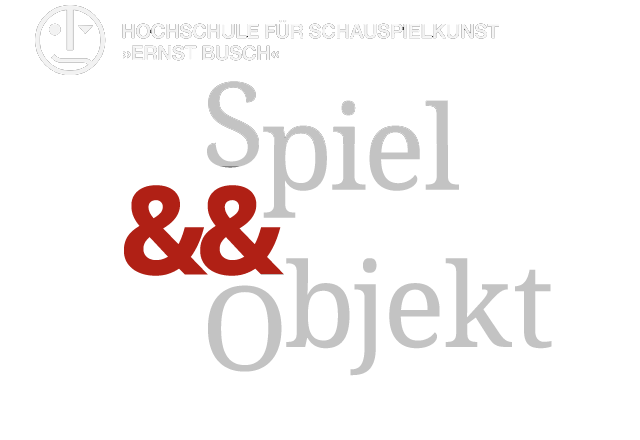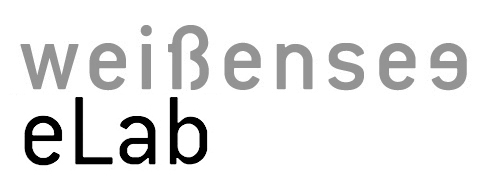desoldering wick

“Desoldering wick”! This is a very useful tool to desolder circuit when you make a mistake, or hacking toy circuits. I use them often but I never knew the name.. Here is the wikipedia explanation “A solder wick, also known as a desoldering wick or desoldering braid, is a roll of fine, braided 18 to […]
Sewing an electronic circuit

Location: Himbeer Atelier, Linz, Austria Date: Aug 13th, 14th (13-17h) Aug 20th, 21st (13-17h) Aug 27th(13-17h) In this series of workshops, you will be introduced to conductive textile materials and ways to use them. There will be a small introduction to microcontroller programming and beginner electronics. The aim of the workshop is to get familiar […]
Zipper Slider
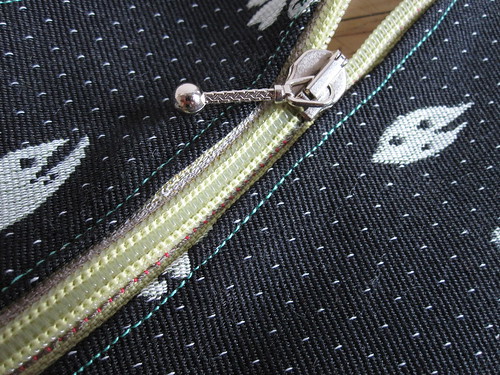
By using high-resistance conductive thread instead of conductive fabric, you can make a slider (potentiometer) with zippers. Unlike zipper switch, this sensor gives analog values instead of “ON/OFF”.
Zipper Switch

A Zipper is a great clothing material that can be converted into sensors. Zipper switch is a known technique used in many projects like TV-B-Gone-Hoodie by Becky Stern. It is also introduced in “Fashioning Technology” book by Syuzi Pakhchyan.
DJ Hoodie
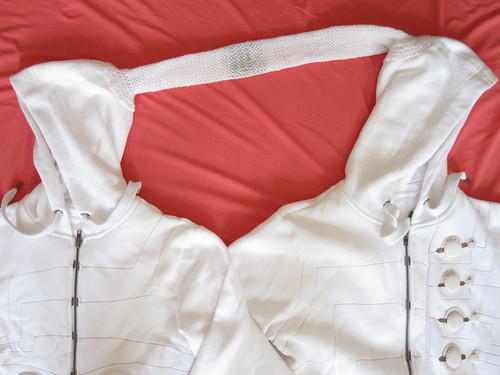
DJ Hoodie is a wearable interface that includes 4 channel zipper switch, fabric buttons with LED indicators and fabric pressure sensors. Two of these hoodies are connected with knitted stretch sensors on the hoods. It interfaces with computer with Arduino using Firmata library and Pduino.
Conductive Play-Doh

Conductive and non-conductive play-doh recipes by Dr. AnnMarie Thomas and Samuel Johnson.
Improved Electrical Contact

Tips on how to improve your electrical contacts between various materials. It is always good practice to test a certain connecting technique before applying it to more than one connection.
Paper Yarn

This “paper” yarn from Habu is made from 100% linen! It is amazingly strong and soft to work with and looks beautiful.
Salt and Vinegar Etching
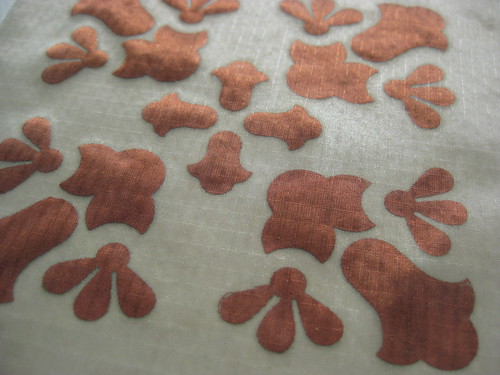
Use Vaseline as a resist and a bath of salt and vinegar to etch away the copper from copper fabric to make circuits and sensors.
Sensor Sleeve
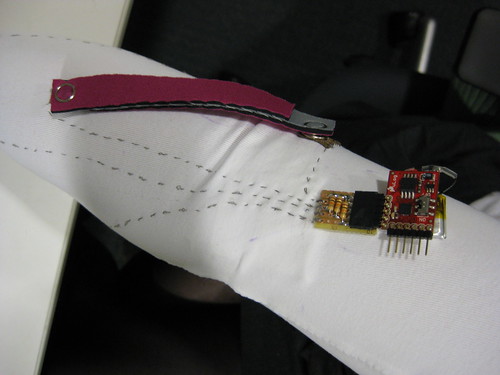
Using the Sparkfun uLog module to log three channels of data and then read it out and graph it in Processing.
Aluminum Foil Tilt Sensor
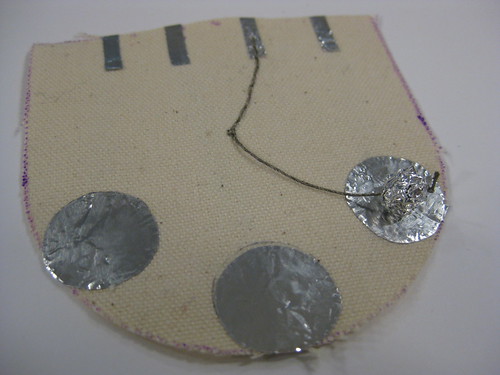
This example shows how to construct a “textile” flexible tilt sensor from extremely cheap and available materials. Substituting conductive fabric and a metal bead for aluminum foil.
Conductive Fabric Substitute

Aluminum foil used with fusible interfacing is a great inexpensive and super available substitute for conductive fabrics.
Data Logging Broach
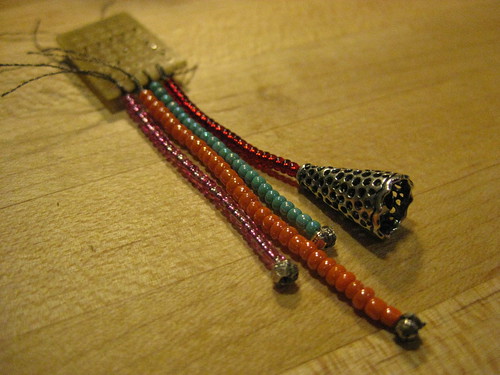
Using Sparkfun’s uLog datalogging module to log tilt data a three-way fabric tilt sensor for up to three hours and then visualizing this with the help of a Processing sketch.
Printed Copper Traces
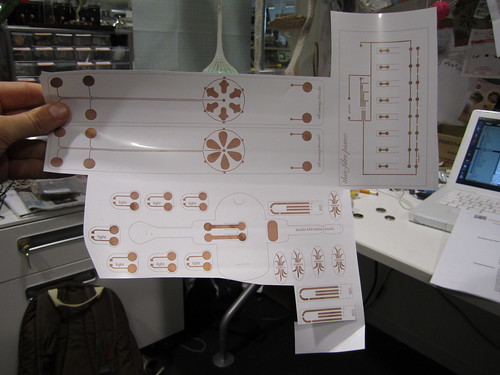
Flexible circuits can be made from a variety of flexible conductive materials on various substrates. The conductors can be printed, painted, cut&pasted, adhered and fused…



